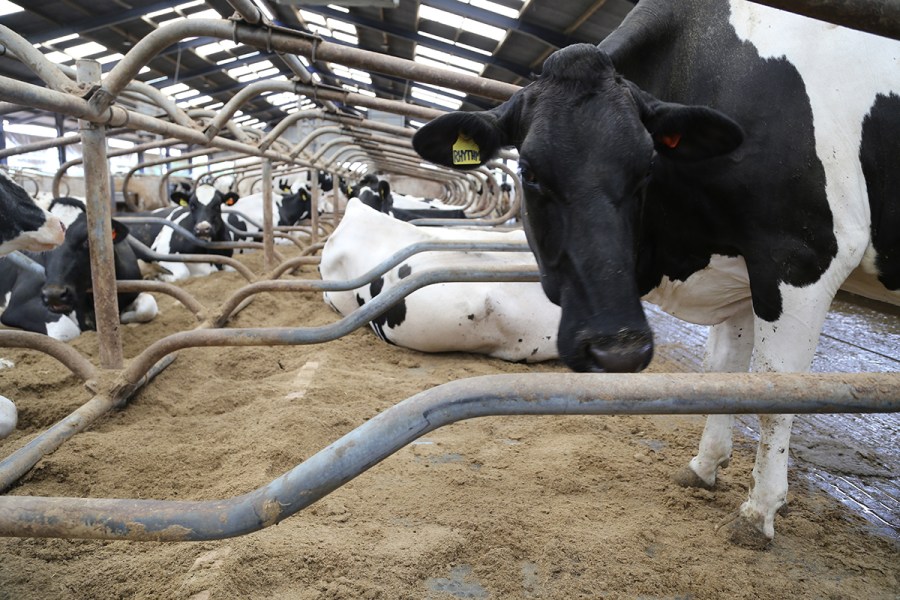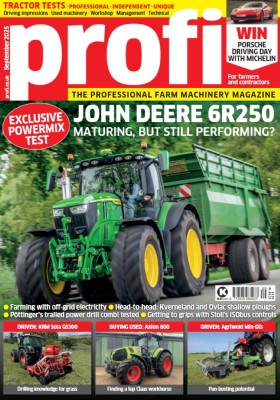With the increasing cost of sawdust, and some cubicle bedding products no longer available, more dairy farmers are taking another look at green bedding. Richard Threlfell has over a decade of experience of using the on-farm fibre source, so who better to have a chat with.
KEEPING IT BRIEF
- Plumpton Head Farm has been using green bedding since 2010.
- Is home to 350 cows, milked by six robots.
- Lime is added in the summer months when temperatures increase.
- The green bedding has a dry matter of around 45% DM
There are a number of reasons why green bedding is back in the limelight. First, slurry separators are becoming the ‘in’ thing to have, especially when using a dribble bar applicator and the risk of fibre returning to the clamp with the next cut of silage, with the clear added bonus of boosting slurry storage capacity.
Second, a number of other cubicle bedding products have dramatically increased in cost or are no longer available as other industries are more willing to pay the extra. Lastly, and a rather critical one for any dairy farmer, is that there is no longer the pushback from milk buyers.
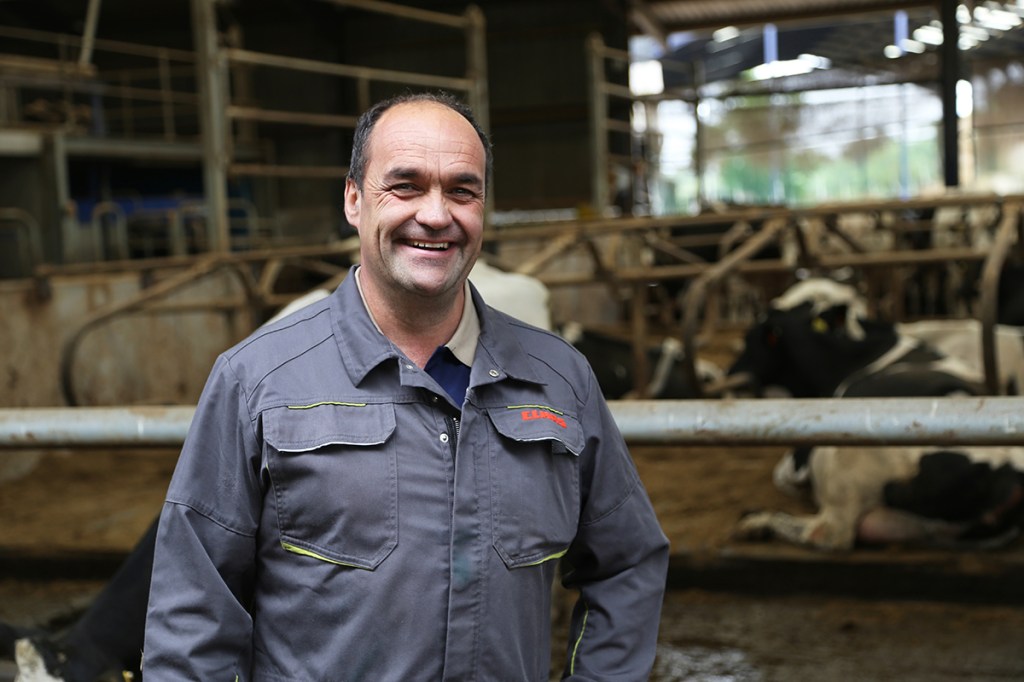
Richard Threlfell, at Plumpton Head Farm in Cumbria, has been an early adopter of green bedding in the UK having continuously relied on the on-farm bedding source for nearly 15 years.
“We were getting a lot of problems with swollen hocks as the bedding material we were using was abrasive,” recalls Richard. “I went to Agriscot with my father, where we saw this light, fluffy material spread across some cubicle mats. It looked exactly what we wanted, so I asked the rep, Adrian, where we could get some. He told me we already had it on our farm as it was separated slurry fibre. So, I said he’d better come to visit us. The next week he was in the yard, and we bought the Bauer separator.
“Comfort isn’t an issue, as you can make as much as bedding as you want,” he explains. “And because the fibre is coming from the slurry, the cows are working with their own immune system. If one does get mastitis, there is almost an inquiry as to what has gone wrong, but our somatic cell count is normally around 140 to 150.”
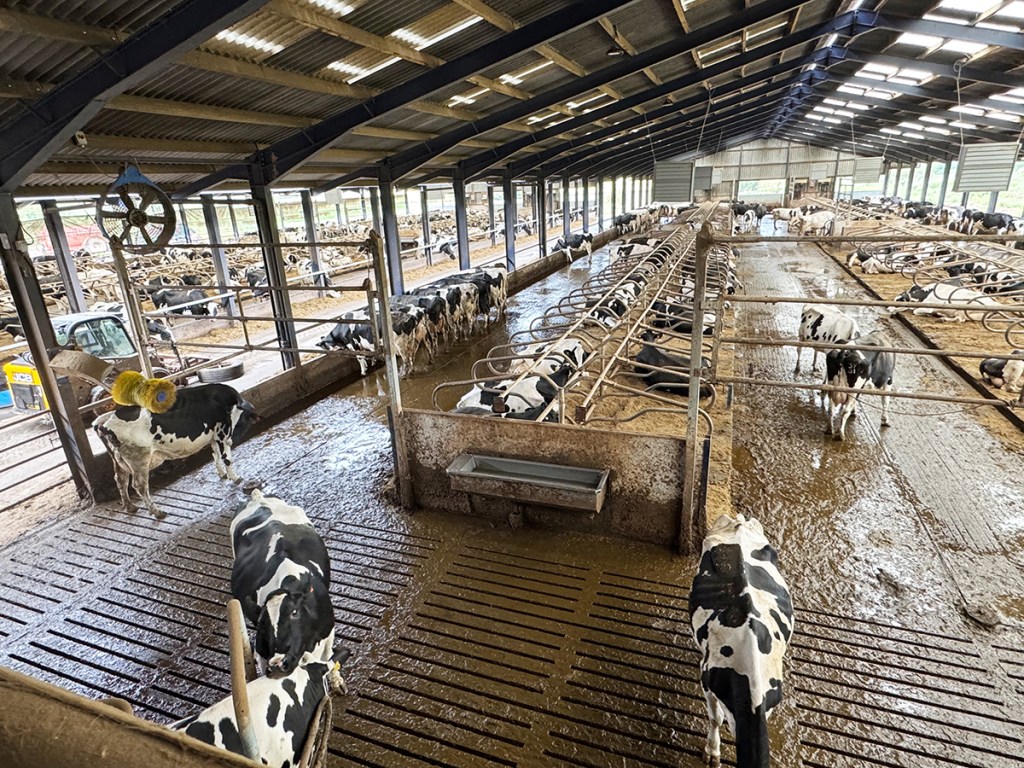
Changing temperature is one factor that can influence the stability of the green bedding. Once things start to heat up from just after the spring, Richard starts to add lime to the fibre, with around 160kg being added to the freshly produced pile. It takes the Bauer separator system about five hours to produce enough bedding for the 400 cubicles in the cow barn, which are given a fresh top-up every Monday, Wednesday and Friday. The dry cows get done on a Thursday. It is not possible to use the green bedding for the farm’s young stock.

Time efficiency
An AgDispenser distributes the green bedding into the cubicles, with the cows needing around 16 bucketfuls. However, the purchase of a bigger capacity skid-steer and imminent arrival of a larger dispenser will hopefully see the number of runs reduced to just eight.
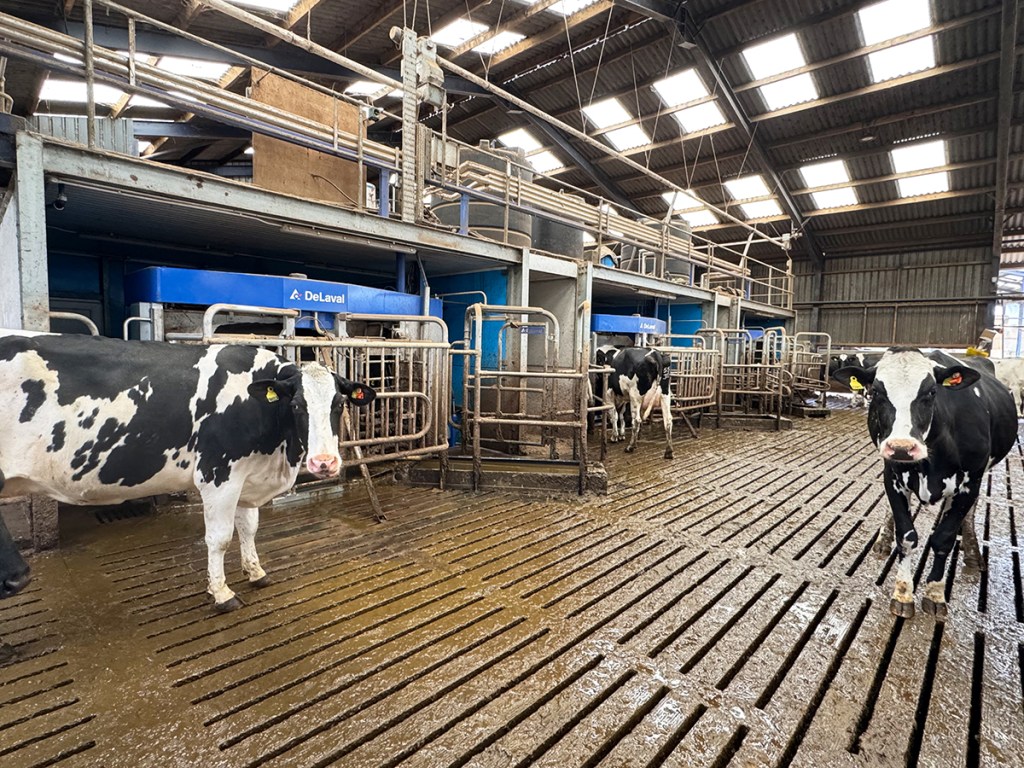
The 350 dairy cows are housed all year round in two buildings running side by side, with a trio of DeLaval robots in each doing the milking. The cows moved into these buildings nearly five years ago. The cubicles are laid out in two rows of head to heads. To overcome the cows always being there, the bedding is done when there is fresh feed placed by the barriers, the majority of the cows then getting up to eat.
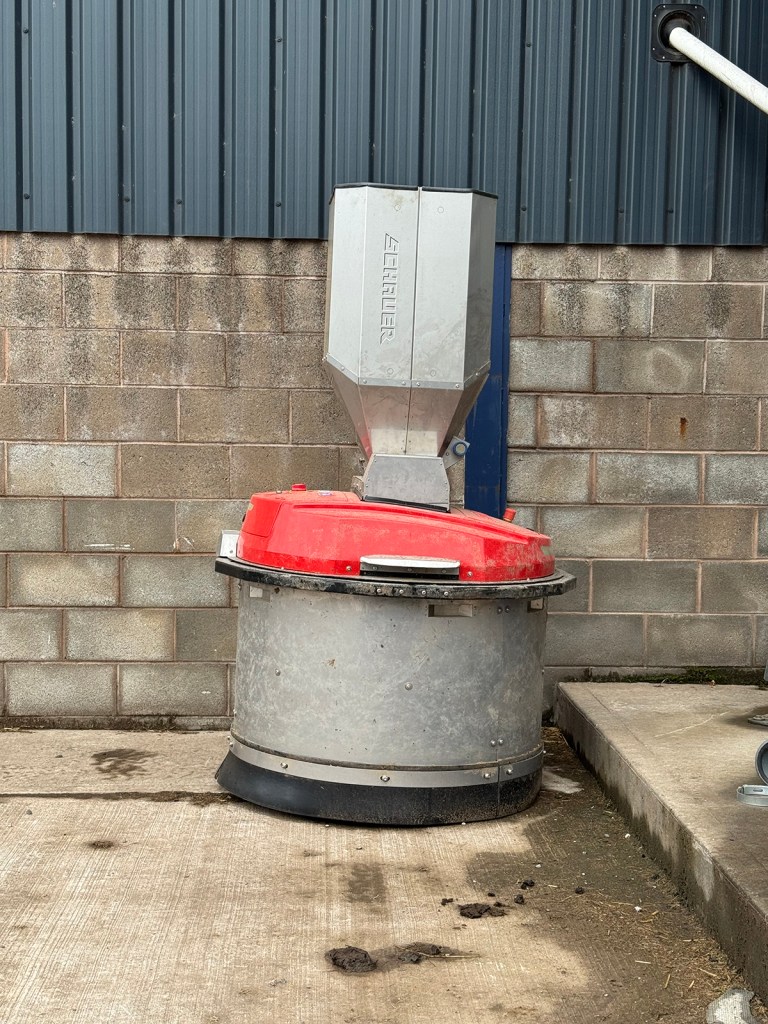
Speaking of feed, Richard has purchased an Austrian- made Schauer feed pusher, Richard noting that the app used to control the robot makes it very easy to implement changes to its routine.
Another key part of the daily management when using green bedding is to remove any wet material from the ends of the cubicle beds. This is a job that’s carried out manually twice per day — this little and often approach means the wet material is not dragged up the cubicle bed.
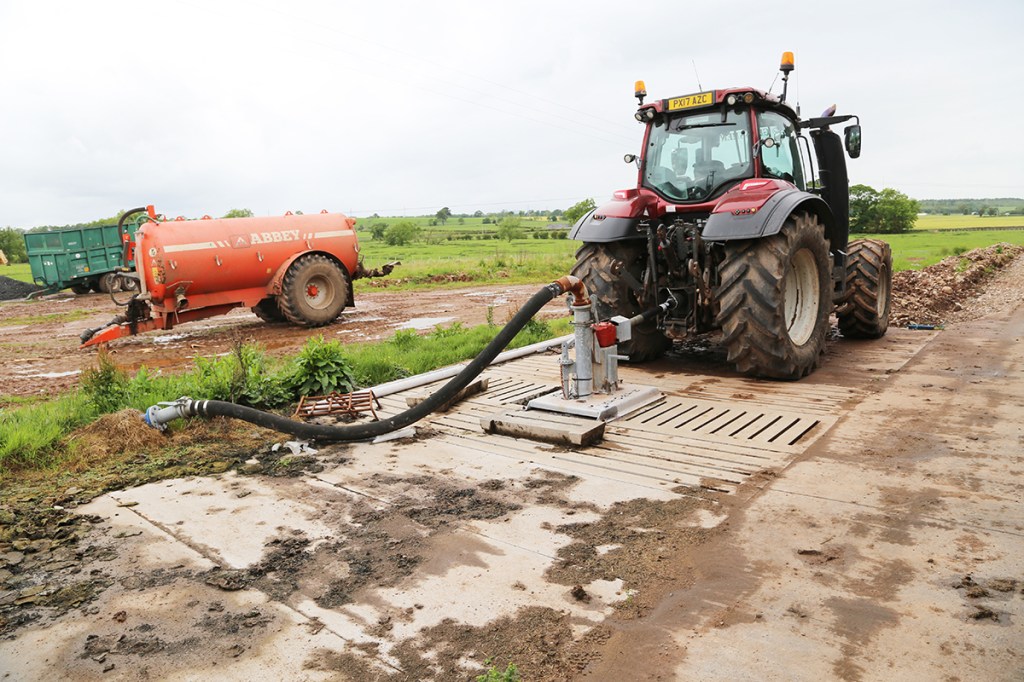
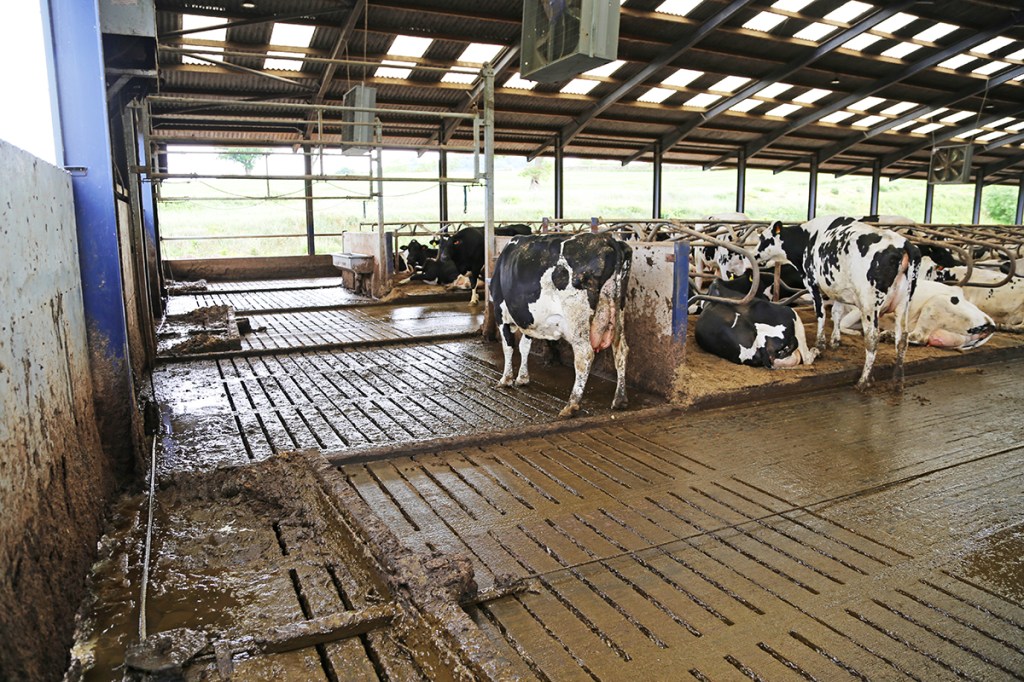
Slurry management
The new cow accommodation was positioned at the lower end of the existing yard, so the slurry is pumped from a 136m³ store filled by freshly scraped slurry from the crossflow channels. The tractor-powered pump does this job every two days, filling the reception pit in the old yard where the separator can then process the slurry. The extracted liquid is then placed in a tower and applied with an umbilical-fed dribble bar when needed and when conditions allow.
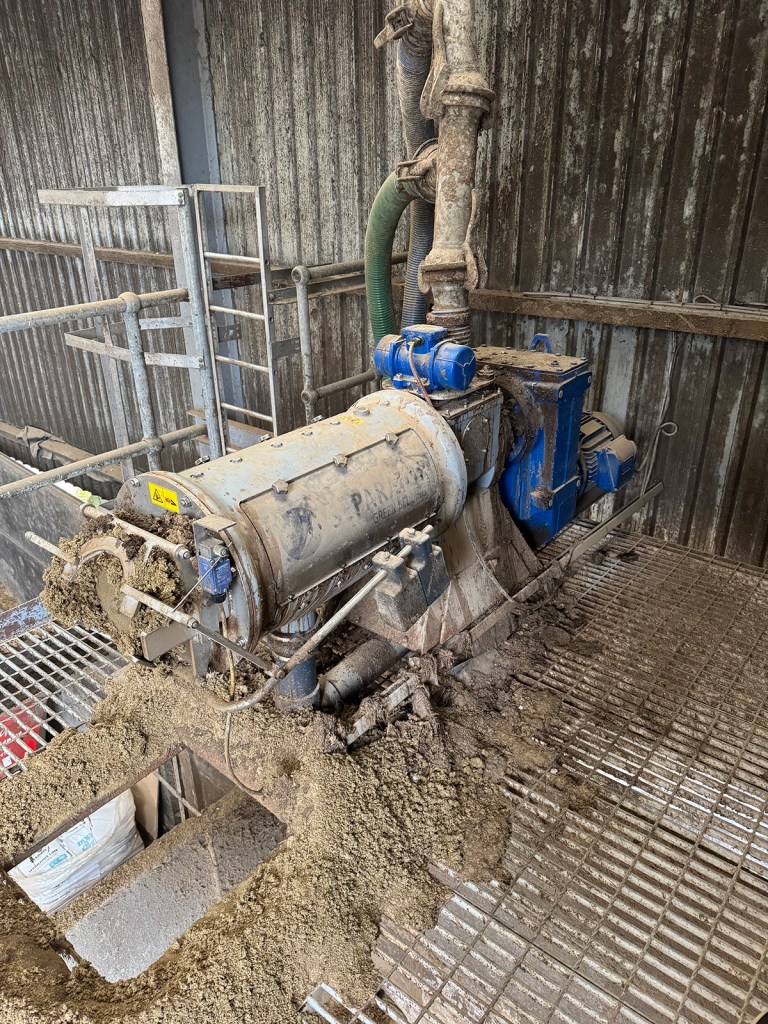
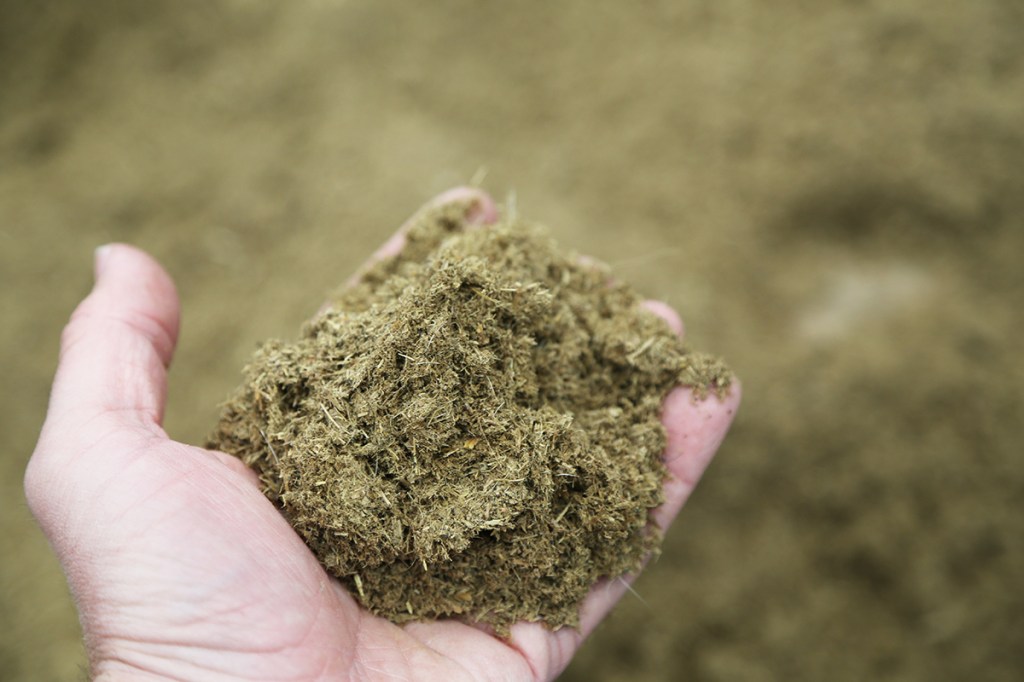
The old cow buildings are now used to house the dry cows and followers, so are still very much part of the process, with the scraped slurry going to the reception pit. Future plans include making changes to the old yard buildings and moving the separator closer to the dairy unit, and an anaerobic digester using just slurry is something that is also on the list. There are already 111kW of solar panels on the farm.
Forage chop
You would think that grass silage length would play an important role in the green bedding. However, up until this season a Strautmann Giga Vitesse forage wagon was used to gather up all of the grass. The longer chop has never posed a problem, although Richard has purchased a used Claas Jaguar self-propelled for this season.
“We got on well with the forage box, but the longer chop made it easier for the cows to sort through the mix,” says Richard. “The shorter chop length from the chopper should help stop that.”
When you look at the green bedding, the fibre is noticeably short, and this also has a benefit when it comes to spreading in the field. Any undersized fibre material goes out with the liquid to the tower store, and the separator also helps in breaking down the length of the fibres.
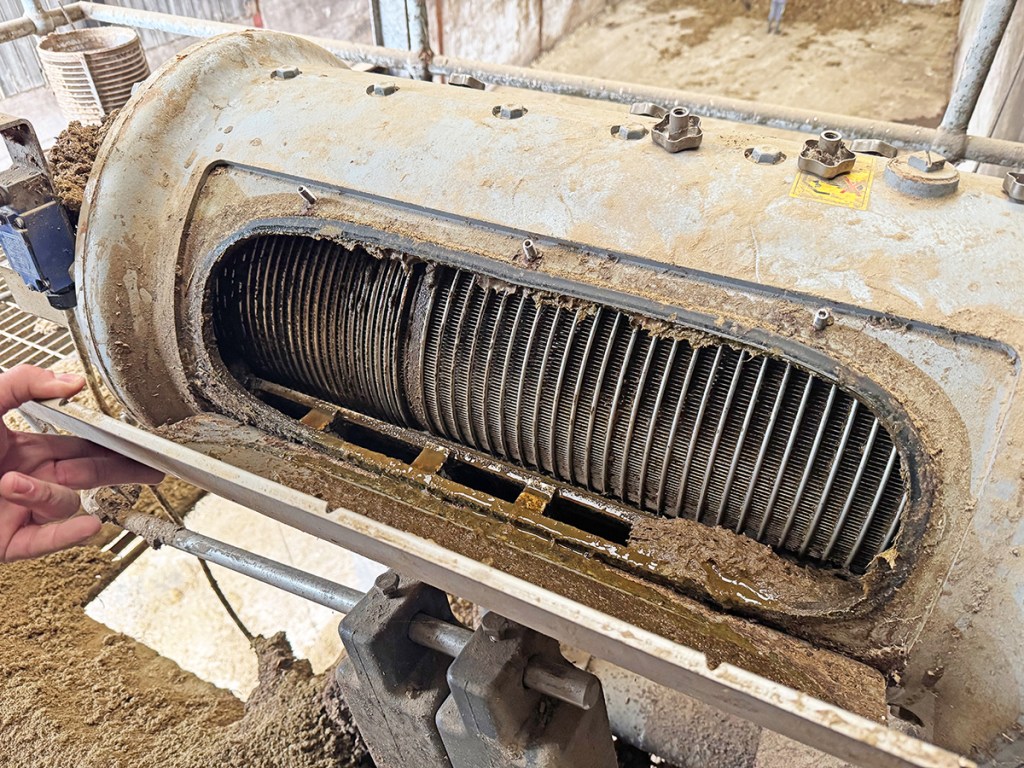
The main wearing parts in the separator are the screens, which tend to last eight to 12 months. New screens cost less than £2,000. After 12 or so years of service, the gearbox on the separator failed, but the design had been superseded with a heavier duty design so, rather than replace the broken parts, the decision was made to swap the unit out for a new one.
“In the two months we were waiting for our new separator we had to go back to using sawdust,” says Richard. “It cost us £10,000 to buy the bedding!”
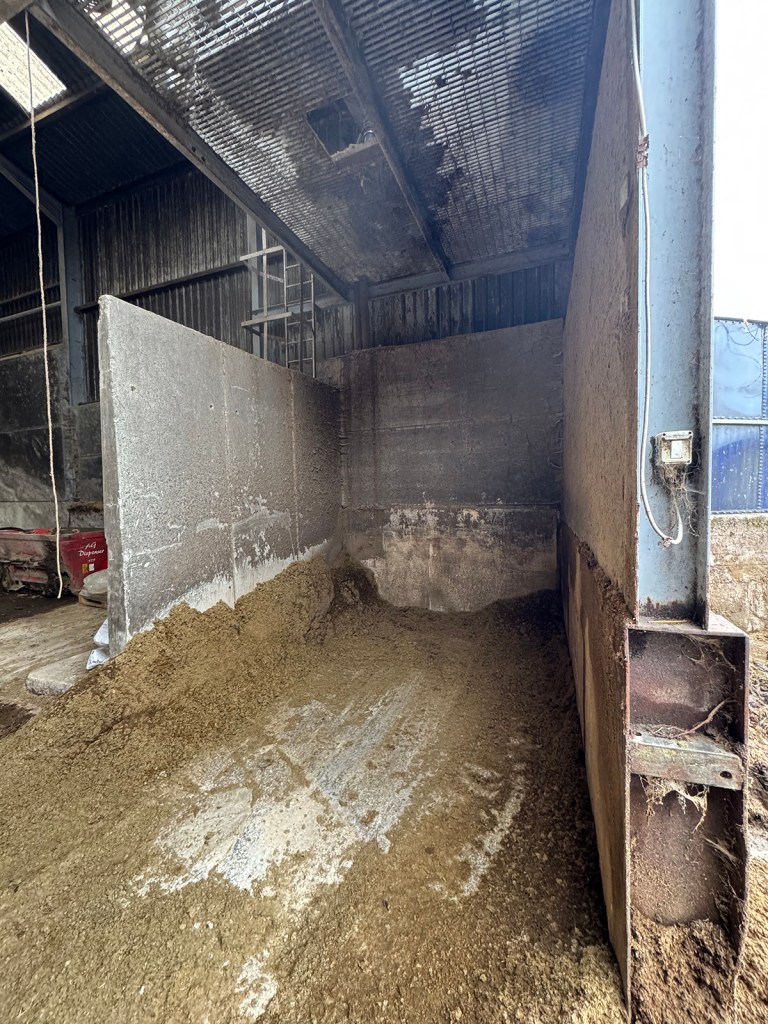
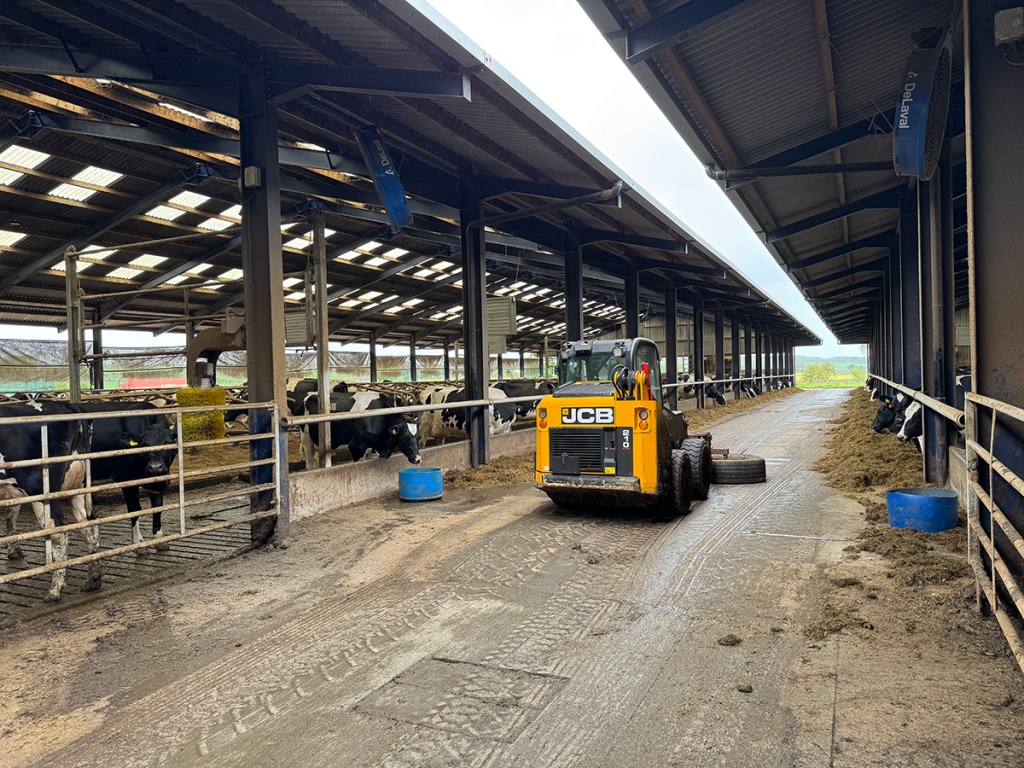
Summary
It would seem that green bedding is all good and very little bad, and if you are already looking to invest in a slurry separator, then it probably is.

The key things to remember are to remove any wet from the cubicles and also, when temperatures increase in the shed, especially in the summer months, that lime needs to be added. Both of these steps will help keep on top of bacteria growth.
Mervyn Bailey
For more up-to-date farming news click here and subscribe now to profi and save.

